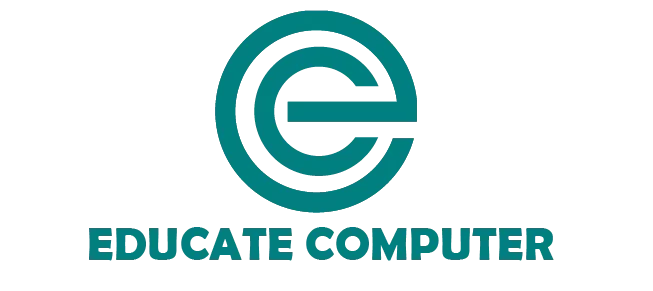Examples of Artificial Intelligence in Education are AI-Powered Tutoring Systems, Adaptive Learning Platforms, Administrative Tasks Automation, and AI for Creating Accessible Learning Materials. Below, we will look at more examples and discuss them in detail.
Examples of Artificial Intelligence in Education
The following are examples of AI in education:
1. AI-Powered Tutoring Systems
AI acts like a virtual tutor. It gives one-on-one help to students. Imagine having a personal tutor available anytime you need help. AI tutoring systems like Carnegie Learning and Squirrel AI do exactly this. When you solve a math problem, the AI analyzes your steps.
If you make a mistake, it doesn’t just say “wrong answer.” It explains where you went wrong and gives a similar problem to practice. Students get instant feedback and learn at their speed. This helps fill learning gaps.
2. Adaptive Learning Platforms
These systems change lessons to fit each student’s needs. If you’re struggling with fractions, the system automatically provides more visual examples and simpler problems. When you master a topic, it moves you forward. I’ve seen students who hated math start enjoying it because the AI always gives them problems at the right difficulty level.
3. Personalized Content Recommendations
AI suggests learning materials based on student interests. Websites like Khan Academy and Coursera suggest videos, articles, and exercises based on what you’re studying. If you’re learning about the solar system, it might recommend a NASA simulation or a documentary about space exploration. This helps you discover new interests while staying focused on your studies.
4. Automated Grading and Feedback
When I assign coding exercises to my students, I use tools like Gradescope. The AI checks if its programs work correctly and follows the right logic. For essay writing, tools like Turnitin’s Revision Assistant highlight weak arguments and suggest improvements.
While AI can’t replace my final evaluation, it handles about 70% of grading work. This gives me more time to plan better lessons and help students who need extra attention.
5. Administrative Tasks Automation
Schools waste much time on paperwork. Now, AI assistants like Ivy Chatbot answer common questions about schedules, fees, and deadlines. Other systems automatically track attendance by scanning faces (with privacy protections).
Many school uses an AI scheduler that considers teacher availability, room sizes, and equipment needs to create the perfect timetable in minutes. These small efficiencies add up to big time savings.
6. AI-Driven Language Learning Apps
Duolingo’s AI is like having a language teacher in your pocket. It listens to your speech, detects accent errors, and creates personalized review sessions. The system knows when you’re likely to forget a word and brings it back at the perfect time. For advanced learners, tools like Loora offer real conversation practice with an AI that adapts to your level.
7. AI in Research and Information Retrieval
AI helps students find information faster. When you Google a question, you get millions of results. AI tools like Consensus and Elicit read research papers for you and give simple summaries.
If you’re writing about climate change, these tools can find the most reliable studies and even highlight key statistics. This prevents wasted time on irrelevant sources.
8. AI for Creating Accessible Learning Materials
Visually impaired students use Microsoft’s Seeing AI app. It reads aloud text from books and describes images. Another student with dyslexia uses speech-to-text AI to take notes. Tools like Otter.ai transcribe my lectures in real-time with 95% accuracy. These technologies ensure no student gets left behind.
9. AI-Powered Chatbots for Student Support
Many school website has a chatbot named “EduBot.” It answers FAQs about homework, events, and school policies in 15 languages. Last semester, EduBot handled over 3,000 student queries, freeing up staff for more complex issues. The more questions students ask, the smarter the bot becomes.
10. Smarter Group Work With AI Matching
When I assign group projects, the AI in tools like Parlay considers each student’s strengths. It might pair a great researcher with a strong presenter and a detail-oriented editor. The system also suggests fair ways to divide work and even detects if one person isn’t contributing equally.


